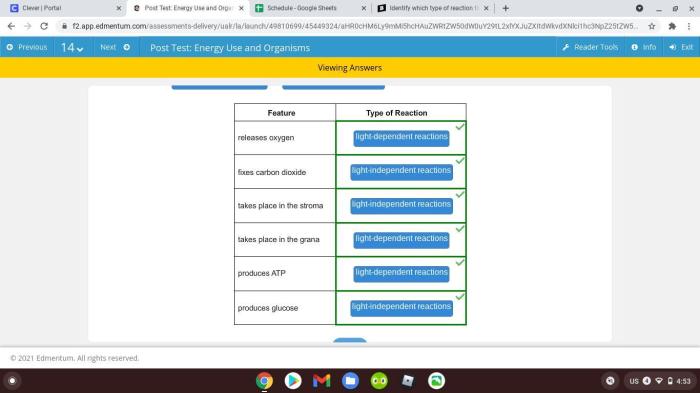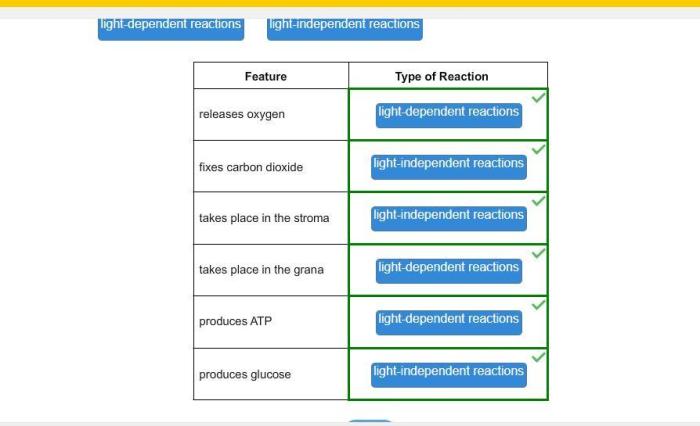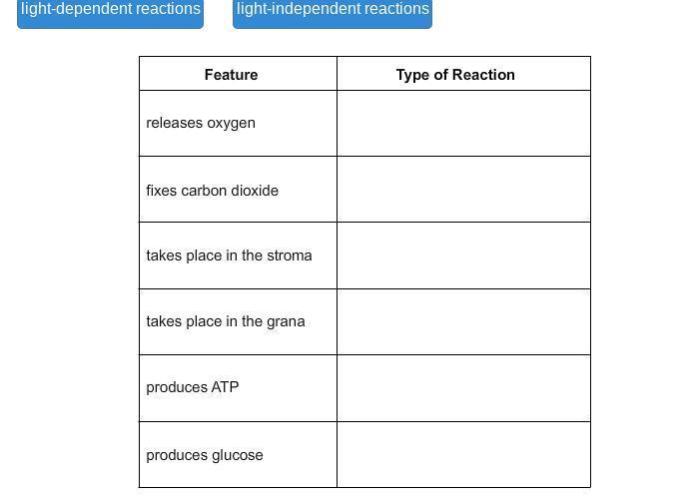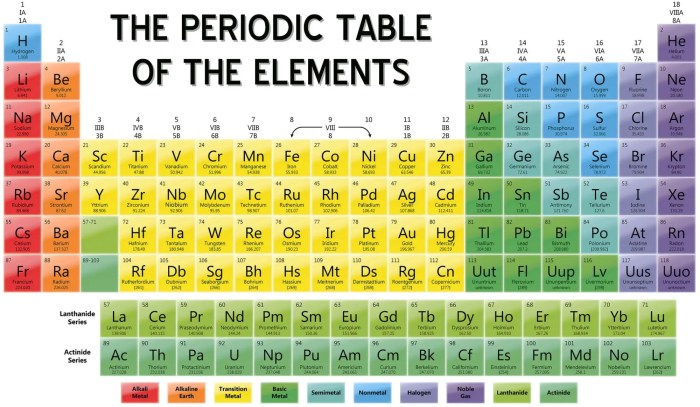Identify which type of reaction the feature occurs in. – Identifying the type of reaction that a feature occurs in is a fundamental skill in chemistry. It allows chemists to predict the products of a reaction, design new materials, and understand chemical processes in biological systems. This comprehensive guide will provide a step-by-step process for identifying reaction types based on their key features, including reactants, products, energy changes, and reaction rates.
It will also discuss the factors that can influence the type of reaction that occurs and the practical applications of reaction type identification.
Chemical reactions are processes that involve the rearrangement of atoms and molecules. They can be classified into five main types: combination, decomposition, single displacement, double displacement, and combustion. Each type of reaction has its own unique set of characteristics that can be used to identify it.
Types of Reactions

Chemical reactions are processes that involve the transformation of one set of chemical substances (reactants) into another set of chemical substances (products). There are five main types of chemical reactions:
- Combination reactions
- Decomposition reactions
- Single displacement reactions
- Double displacement reactions
- Combustion reactions
Features of Reactions
Chemical reactions are characterized by several key features:
- Reactants:The initial substances that undergo change in a reaction.
- Products:The final substances that are formed in a reaction.
- Energy changes:Reactions can either release energy (exothermic) or absorb energy (endothermic).
- Reaction rates:The speed at which a reaction occurs.
Identifying Reaction Types, Identify which type of reaction the feature occurs in.
To identify the type of reaction, follow these steps:
- Identify the reactants and products.
- Determine whether the reaction releases or absorbs energy.
- Use the following table to match the features to the reaction type:
| Reaction Type | Reactants | Products | Energy Change |
|---|---|---|---|
| Combination | Two or more substances combine to form a single product. | One product | Exothermic |
| Decomposition | A single substance breaks down into two or more products. | Two or more products | Endothermic |
| Single displacement | One element replaces another element in a compound. | One new compound and one element | Depends on the reaction |
| Double displacement | Two compounds exchange ions to form two new compounds. | Two new compounds | Depends on the reaction |
| Combustion | A substance reacts with oxygen to produce heat and light. | Carbon dioxide and water (usually) | Exothermic |
Examples:
- Combination: 2H 2+ O 2→ 2H 2O (exothermic)
- Decomposition: 2H 2O → 2H 2+ O 2(endothermic)
- Single displacement: Fe + 2HCl → FeCl 2+ H 2(depends on the reaction)
- Double displacement: NaCl + AgNO 3→ AgCl + NaNO 3(depends on the reaction)
- Combustion: CH 4+ 2O 2→ CO 2+ 2H 2O (exothermic)
Factors Affecting Reaction Types
Several factors can influence the type of reaction that occurs, including:
- Concentration of reactants:Higher concentrations can increase reaction rates.
- Temperature:Higher temperatures can increase reaction rates.
- Presence of a catalyst:Catalysts are substances that speed up reactions without being consumed.
Applications of Reaction Type Identification
Being able to identify the type of reaction is important for several reasons:
- Predicting reaction outcomes:Knowing the type of reaction can help predict the products and energy changes that will occur.
- Designing new materials:Understanding reaction types is essential for designing new materials with specific properties.
- Understanding chemical processes in biological systems:Reaction type identification is crucial for understanding the chemical processes that occur in living organisms.
Quick FAQs: Identify Which Type Of Reaction The Feature Occurs In.
What are the five main types of chemical reactions?
The five main types of chemical reactions are combination, decomposition, single displacement, double displacement, and combustion.
What are the key features of chemical reactions?
The key features of chemical reactions include reactants, products, energy changes, and reaction rates.
What factors can influence the type of reaction that occurs?
The factors that can influence the type of reaction that occurs include the concentration of reactants, temperature, and the presence of a catalyst.
What are the practical applications of reaction type identification?
The practical applications of reaction type identification include predicting reaction outcomes, designing new materials, and understanding chemical processes in biological systems.



